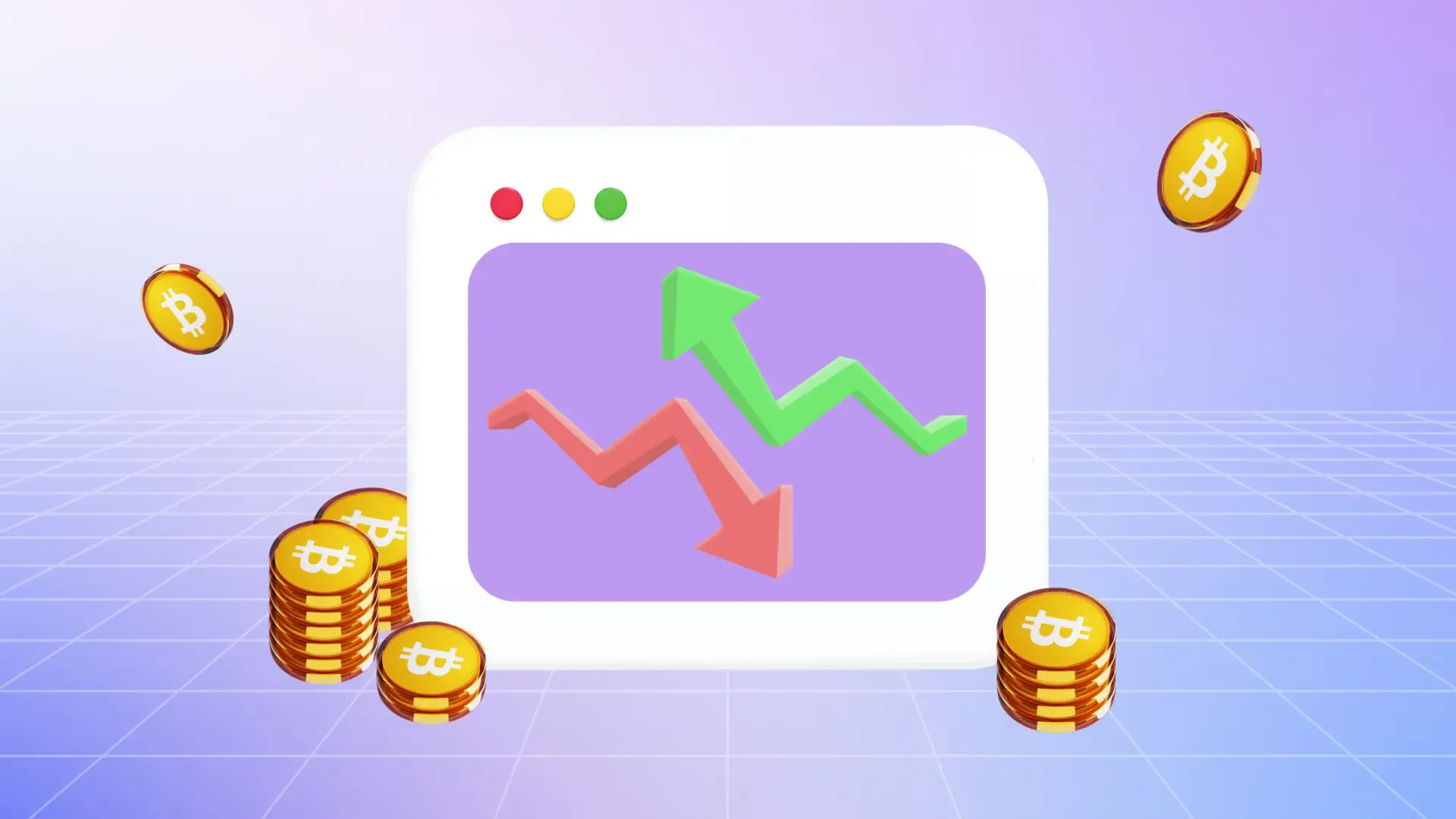The alternative to traditional mining has long since reached maturity. Cryptocurrency betting is a way to earn money by locking assets on the blockchain. The platform uses financial resources to manage the network, and the owner receives a reward. This staking format replaced bulky equipment and energy-intensive Proof of Work (Pow) algorithms. By simplifying access, we were able to expand the circle of participants and bring the technology closer to mainstream investors.
How cryptocurrency staking works: from coins to percentages
The process begins with locking tokens on a network using Proof of Stake (PoS) or variations thereof. A participant delegates funds to a validator, who confirms transactions and forms blocks. For successful work, the system receives a reward: a share of the order and the issuance of a new coin. The higher the validator’s balance, the higher the chance of obtaining a block. In practice, it seems simple. The user logs into the wallet or exchange and selects the asset, term, and format. After locking, the coins are deployed, and the coins are received on a schedule. Some platforms use auto-staking with daily compounding.
Types of cryptocurrency staking: open, fixed, and DeFi formats
 The market offers different participation options. Important:
The market offers different participation options. Important:
- Fixed: The asset is locked for a fixed period, usually 7 to 365 days. Early withdrawal is not allowed. The performance is higher.
- Flexible (open): Coins can be withdrawn at any time. The reward is built up daily or weekly.
- DeFi Staking: Works via smart contracts without intermediaries. The user communicates with the protocol themselves. Aggregation of income is possible.
- Liquid staking: The token remains available in circulation. The participant receives a ‘wrapper’ (for example, stETH) that can be used in DeFi.
Each format solves its own problems, from passive storage to active trading. The income level, risks and complexity also vary.
Proof of Stake (PoS) versus Proof of Work (PoW): a technological shift
Classic mining requires equipment and energy. The PoW algorithm uses computer power to find a hash. With PoS, the number of tokens on the balance is decisive. The validator does not use electricity, but provides a “collateral” that incentivizes honest work. The PoS mechanism lowers the barrier to entry and makes the network green. This is especially important in 2025, in the context of carbon footprint regulations. Ethereum has already migrated to PoS. Other major blockchains, including Cardano, Solana, Polkadot, and Tezos, were originally built with a staking architecture.
Cryptocurrency Staking Rewards: What They Are, Percentages, Schedule, and Nuances
Fees depend on the currency, term, type of platform, and the level of competition between validators. The average fee is between 3% and 15% per year. Some DeFi protocols offer a return of 50% or more, but come with high risk. Imputations can be daily, weekly, or at the end of the term. Some systems use compound interest: capitalization magnifies the final benefit. The calculation uses APR (simple annual percentage rate) or APY (compound interest included). The actual returns depend on the volatility of the cryptocurrency. An increase in the rate can increase profits, a decrease can decrease profits. Therefore, it is important to look not only at the interest rates, but also at the market cycle.
Staking tokens: which coins participate in the ecosystem?
Cryptocurrency staking is participating in the life of the blockchain by owning certain tokens. Not all currencies are suitable. The conditions are determined by the protocol itself. It is based on the PoS consensus and its modifications: DPoS (delegated), LPoS (leasing), NPoS (nominated).
The most popular tokens for staking are:
- Ethereum (ETH): After the transition to Ethereum 2.0 and PoS consensus, validators block a minimum of 32 ETH. With pools, you can stake less. Fee: 4–7% per year.
- Solana (SOL) is a fast network with low fees. Delegation is possible from any wallet, the yield is about 6%.
- Polkadot (DOT): uses NPoS. The nominators select the validators. The average yield is 12%.
- Tezos (XTZ) is one of the first PoS projects. Supports dynamic issuance and automatic participation. Profitability: 5–7%.
- Cardano (ADA) is a platform designed for long-term stability. Profitability: 3–5%.
- Avalanche (AVAX), Cosmos (ATOM), NEAR, Algorand (ALGO) and others also actively participate in the system.
Mapping profitability: calculations, realities and pitfalls
Cryptocurrency staking is an investment with variable returns. The following must be taken into account when calculating:
- nominal interest rate (APR or APY);
- Length of the block;
- Platform type (exchange, wallet, DeFi protocol);
- Tax characteristics;
- Token price dynamics.
Exchanges often quote higher prices to attract attention, but actual values may be lower. In addition, automatic capitalization is not always possible. Profitability often depends on network activity and the number of competing validators.
For example, staking 1000 USDT at 8% per annum on a daily compounding platform generates approximately 83.28 USDT after 12 months. However, if the token is volatile, the end result may be negative. Being able to combine interest rate analysis with technical and fundamental analysis of a token is an essential skill in 2025.
Cryptocurrency Volatility and Its Impact on Staking
Staking provides a fixed income in tokens, but the price of those tokens is variable. If a coin loses value, even a high stake cannot compensate for the loss. In a bear market, the portfolio loses capitalization, despite the accumulation.
The solution is to choose stable tokens, use stablecoins or diversify. High volatility, especially in the case of new or illiquid assets, makes staking a speculative strategy. Therefore, an expert analysis of the coin, its tokenomics, the project’s prospects and its role in the ecosystem should precede the blocking of funds.
Staking platforms
The list includes both centralized and decentralized solutions:
- Binance Earn is the largest exchange offering dozens of assets. User-friendly interface, automatic renewal, fixed and flexible rates. Support for ETH 2.0.
- Kraken Staking is a regulated platform that focuses on security. Clear terms and fast setup.
- Ledger Live is a cold wallet with staking functionality. Security is maximum. Supports Tezos, Cosmos and others.
- Lido Finance is a leader among DeFi solutions. It allows you to receive liquid tokens, such as stETH, stSOL, etc. Compatible with other protocols.
- Trust Wallet is a mobile wallet with support for PoS coins. User-friendly for beginners, Binance integration.
- Exodus Wallet is a desktop application with a simple interface. Staking with one click.
- Coinbase Earn is popular in the US. Official status and minimal risks, but limited asset selection.
- Atomic Wallet: multi-currency support, flexible fees. Regularly updated.
- MetaMask + StakeWise: an advanced bundle for DeFi enthusiasts. Supports ETH and other assets.
- Rocket Pool – ETH Staking without 32 ETH. Suitable for small amounts.
Conclusion
 Cryptocurrency gambling is not just a way to make money, but an essential part of a complex system. PoS protocols replace energy-intensive algorithms, open up access to passive income, lower the barrier to entry, and increase decentralization. Demand for PoS assets is growing. The number of DeFi products with staking functionality is growing. New generations of tokens are emerging that can adapt to volatility. Legal frameworks are also gradually emerging in the US and EU.
Cryptocurrency gambling is not just a way to make money, but an essential part of a complex system. PoS protocols replace energy-intensive algorithms, open up access to passive income, lower the barrier to entry, and increase decentralization. Demand for PoS assets is growing. The number of DeFi products with staking functionality is growing. New generations of tokens are emerging that can adapt to volatility. Legal frameworks are also gradually emerging in the US and EU.
The future is not only determined by developers, but also by those involved in validation, delegation, and distribution. This means that an expert approach to choosing a token, platform, and strategy is now key to achieving stable income and digital sustainability in 2025 and beyond.
 en
en  ru
ru  de
de  ar
ar  es
es  nl
nl  hi
hi  fr
fr  it
it  pt
pt  el
el 




